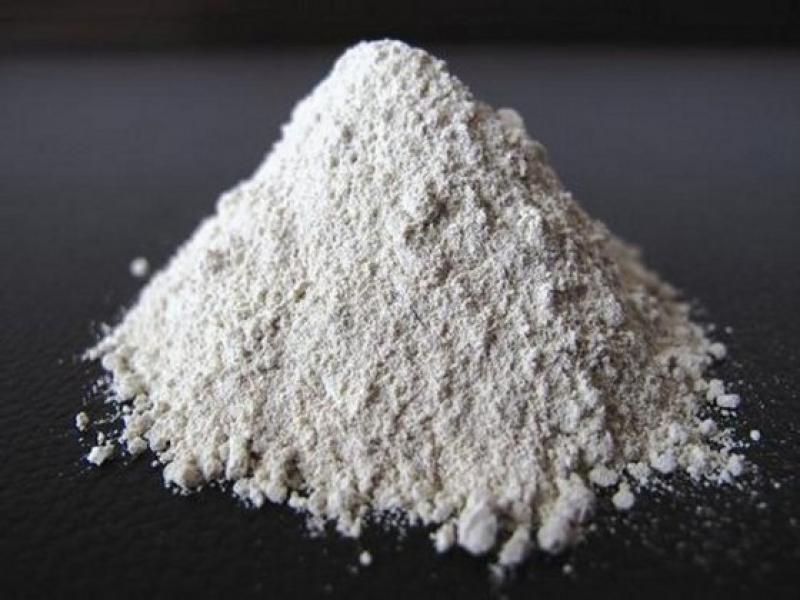Magnesium Oxide: A Versatile and Essential Compound
Introduction
Magnesium oxide, also known as magnesia, is a white hygroscopic solid mineral that occurs naturally as periclase and is a source of magnesium. It has a chemical formula of MgO and has important industrial and technical applications.
Chemical Properties
Magnesium oxide has an empirical formula of MgO and a molecular weight of 40.304 g/mol. It has a melting point of 2852°C and a boiling point of 3600°C. Magnesium oxide is an ionic compound consisting of Mg2+ cations and O2- anions. It crystallizes in the cubic crystal structure known as the rock salt structure. Magnesium oxide is thermally stable up to about 3,000°C and is insoluble in water but soluble in acids and bases producing magnesium salts.
Uses in Refractories and Metallurgy
Magnesium oxide is an important refractory material due its high thermal conductivity, high melting point and thermal stability. It is commonly used as a refractory lining material in kilns, furnaces, incinerators and fireplaces that operate at very high temperatures. When mixed with other oxides like aluminum oxide or calcium oxide, magnesium oxide is used to manufacture castable refractory concrete and mortars used to line industrial equipment handling molten metals. Its high refractoriness and thermal stability makes it ideal as a lining material that retains its strength and withstands heat shock. As a feedstock material, magnesium oxide is utilized in the production of magnesium metal which in turn finds applications across a variety of industries including aerospace, construction and automotive.
Applications in Agriculture
Magnesium oxide is widely used as a fertilizer for magnesium deficient soils and crops. Magnesium is an essential plant nutrient required for photosynthesis, protein synthesis and activating enzymes. Magnesium oxide is oxidized by water and carbon dioxide to form magnesium hydroxide and bicarbonate which dissociate into bioavailable magnesium ions. Farmers commonly use magnesium oxide as an agricultural liming agent to raise soil pH and supply magnesium to crops like fruits, vegetables, nuts, corn and sugarcane. It is also added to fertilizers, manure and compost to prevent magnesium deficiencies in agricultural lands.
Use as an Antacid and Laxative
Magnesium oxide has important medical uses due to its high magnesium content and alkaline nature. When taken orally, it passes through the gastrointestinal tract where it reacts with water to release magnesium hydroxide. This makes magnesium oxide a popular over-the-counter antacid used to relieve heartburn, acid indigestion and sour stomach. It works by neutralizing excess stomach acid. Magnesium oxide is also commonly used as a laxative due to its osmotic and lubricating effects in the intestines that promote regularity. As a nutritional supplement, magnesium oxide provides the essential mineral magnesium needed for optimal metabolic functioning in the body.
Other Applications
In addition to the above major uses, magnesium oxide also finds applications as a smoke suppressant in fireworks and solid fuel rockets, an opacifying agent in paints and plastics, an absorbent for fluoride gases in air pollution control, a reflector in infrared mirrors and thermal insulation, and a filter medium used for purification processes like ultrapure water. Finely milled magnesium oxide is used as a refractory cement in bonding compounds for refractory bricks and concretes. Due to its alkaline nature, it is utilized as an additive in animal feeds to regulate pH and mitigate acidosis in cattle and poultry. Magnesium oxide is also used in desulfurization processes for removing sulfur from fuels like diesel and gasoline.
Production and Supply
Magnesium oxide is commercially manufactured by calcination of magnesium hydroxide or carbonate obtained from seawater or mining magnesium rich brucite and serpentine rocks. The mined ores are crushed, roasted and ground to produce light burnt magnesia. The dead burned variety with higher purity levels is produced by heating magnesium oxide above 2800°C. China, Israel, Russia, Turkey and the US are among the major worldwide producers and suppliers of magnesium oxide with commercial products available in powder, granule and brick forms. Magnesia brick manufacture is an important industry for economic and employment generation.
Conclusion
In summary, magnesium oxide is a versatile, functional and widely utilized inorganic compound with important metallurgical, refractory, agricultural, medical and industrial relevance. Its high thermal stability, alkalinity and magnesium supplying properties have made it a valuable material across multiple applications and processing sectors. Advancements in mining, processing and manufacturing technologies are expected to further optimize magnesium oxide production and commercialization in the coming years.
